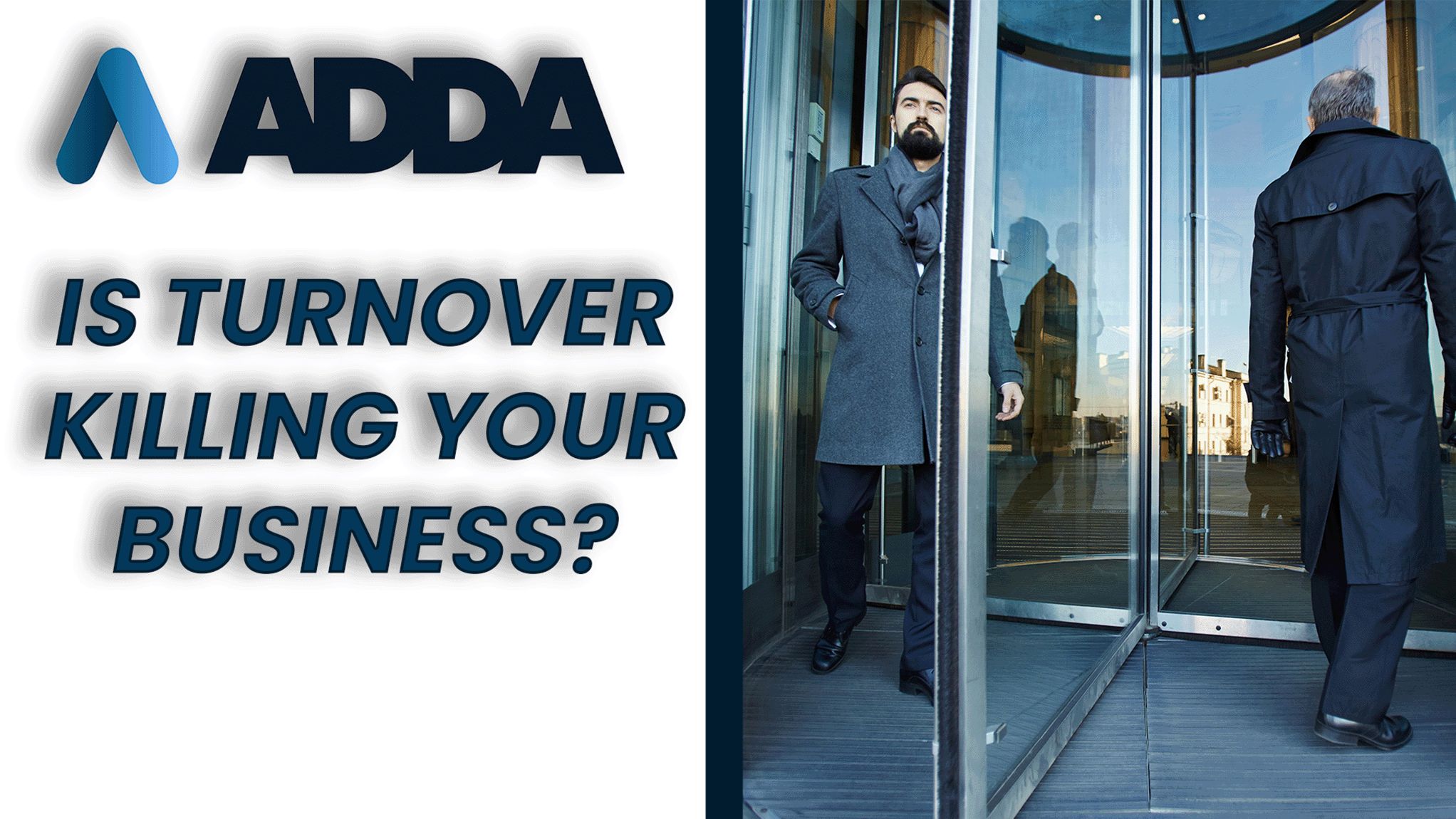Employee turnover is a challenge for any business, but for small businesses, losing key employees can feel like an insurmountable obstacle. With fewer resources, small teams, and less flexibility, turnover can lead to more than just the loss of an employee.
It can cause ripples of disruption that affect productivity, morale, and ultimately, the bottom line.
In this post, we’ll dive into the true costs of employee turnover for small businesses and explore ways you can prevent it. We’ll also show how ensuring HR compliance can be the key to retaining your top talent.
The Financial Impact of Employee Turnover
One of the most obvious pain points when an employee leaves is the financial burden it places on the business. While hiring costs are often the first thing that comes to mind, the real cost of employee turnover is much higher. According to estimates, the average cost of replacing an employee can range from 50% to 200% of their annual salary depending on the role.

For small businesses, this kind of hit to the budget can be devastating. When an employee leaves, you don’t just lose their skills—you lose the investment made in their training, their contribution to ongoing projects, and the momentum they helped build. Moreover, the loss of a key staff member can lead to:
- Reduced productivity: It takes time to onboard and train a new hire.
- Missed revenue opportunities: If the employee handled sales or key customer relationships, revenue could take a hit.
- Higher recruitment costs: Posting job ads, conducting interviews, and hiring can add up quickly.
- Training and onboarding: New hires need time to become productive, which increases costs and lowers efficiency.
The Hidden Costs: Reputation & Team Morale
While financial losses are significant, the hidden costs of employee turnover can be even more damaging. When a key employee leaves, it can send a message to the remaining staff and even your clients that something isn’t right. High turnover can impact your company’s reputation, both internally and externally.
For your current employees, frequent turnover can create uncertainty. They may start to feel disengaged, worrying that they too will need to move on. This kind of stress can lead to further losses in productivity, morale, and engagement, causing a vicious cycle of dissatisfaction and more turnover.
On the external front, losing key employees, particularly those in client-facing roles, can hurt your relationships with customers. If a client feels that the person they’ve been dealing with is constantly changing, they might start to question the stability and professionalism of your business.

Why Small Businesses Are More Vulnerable to Turnover
Unlike large corporations, small businesses can’t afford to lose employees regularly. When someone leaves, it often places a disproportionate amount of strain on the rest of the team, leading to burnout and inefficiency.
- Limited resources for recruitment: Small businesses often don’t have a dedicated HR team, making it harder to manage recruitment and hiring.
- Key roles hold more weight: With fewer staff members, losing even one key person can disrupt entire departments.
- Longer recovery periods: Filling the vacancy can take longer in a small business, leading to periods of underperformance.
Common Causes of Employee Turnover
Understanding why employees leave is the first step to stopping the trend. Here are some of the most common reasons for high turnover:
- Lack of career development opportunities: Employees want to grow. If they don’t see a future within your company, they’ll look elsewhere.
- Work-life balance issues: In small businesses, employees may feel overburdened, leading to burnout.
- Poor company culture: Toxic or unclear workplace environments can drive employees away. If they don’t feel appreciated or supported, they won’t stick around.
- Inadequate compensation: While small businesses may not always be able to offer the highest salaries, a lack of competitive benefits can also push employees to seek other opportunities.
- Outdated HR policies: Employees may leave if they feel the company’s HR policies are unclear, inconsistent, or outdated.

Strategies to Reduce Employee Turnover
Preventing turnover starts with engaging your employees and ensuring they feel valued. Here are a few key strategies:
- Create growth opportunities: Even if you can’t offer frequent promotions, provide employees with opportunities to learn new skills or take on new responsibilities.
- Foster a positive company culture: Encourage open communication, reward good work, and foster a supportive environment.
- Offer competitive compensation and benefits: Get creative with benefits like flexible work hours, professional development opportunities, or wellness programs.
- Conduct HR audits regularly: Regularly review your HR policies to ensure they align with current laws and best practices. This step not only helps with compliance but also ensures you’re offering the right kind of support to your employees.
- Streamline your onboarding and training processes: Making the onboarding experience smooth and efficient can help set the tone for an employee’s long-term engagement with the company.
The Role of HR Compliance in Employee Retention
HR compliance might not be the first thing that comes to mind when thinking about employee retention, but it plays a crucial role. Employees need to feel secure and supported, and part of that comes from knowing that the company they work for is well-organized and follows labor laws.

Outdated or unclear HR policies can make employees feel unprotected or uncertain about their rights. For instance, if your policies on time off, employee conduct, or performance reviews haven’t been updated in years, employees may feel that your company isn’t serious about their well-being. This can lead to disengagement and, ultimately, turnover.
By regularly updating your HR policies and ensuring compliance with state and federal labor laws, you can create an environment where employees feel valued and secure. That stability will contribute to greater employee satisfaction and retention.
Conclusion
Employee turnover can have a profound impact on small businesses, both financially and culturally. By addressing common causes of turnover and implementing strategies to retain your top talent, you can protect your business from the hidden costs that come with losing key employees.
The best way to prevent turnover is by ensuring your HR practices are compliant, consistent, and up to date.
Ready to see if your HR policies are up to par? Take our free HR compliance quiz now to find out if your business is at risk. Protect your workforce, protect your business.









